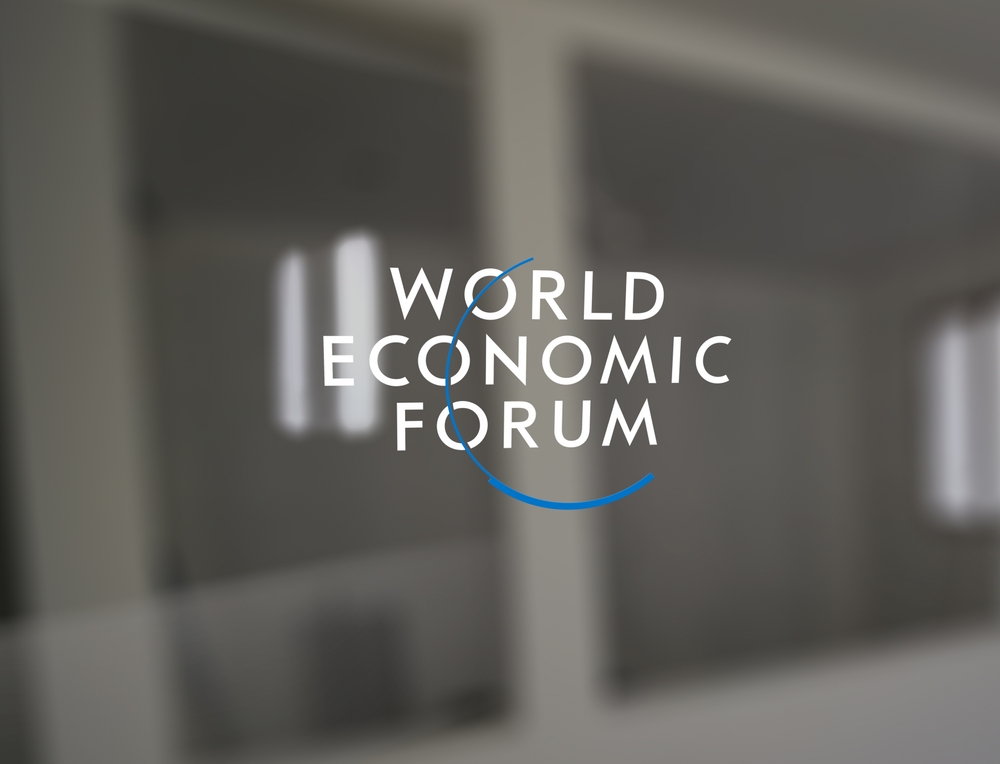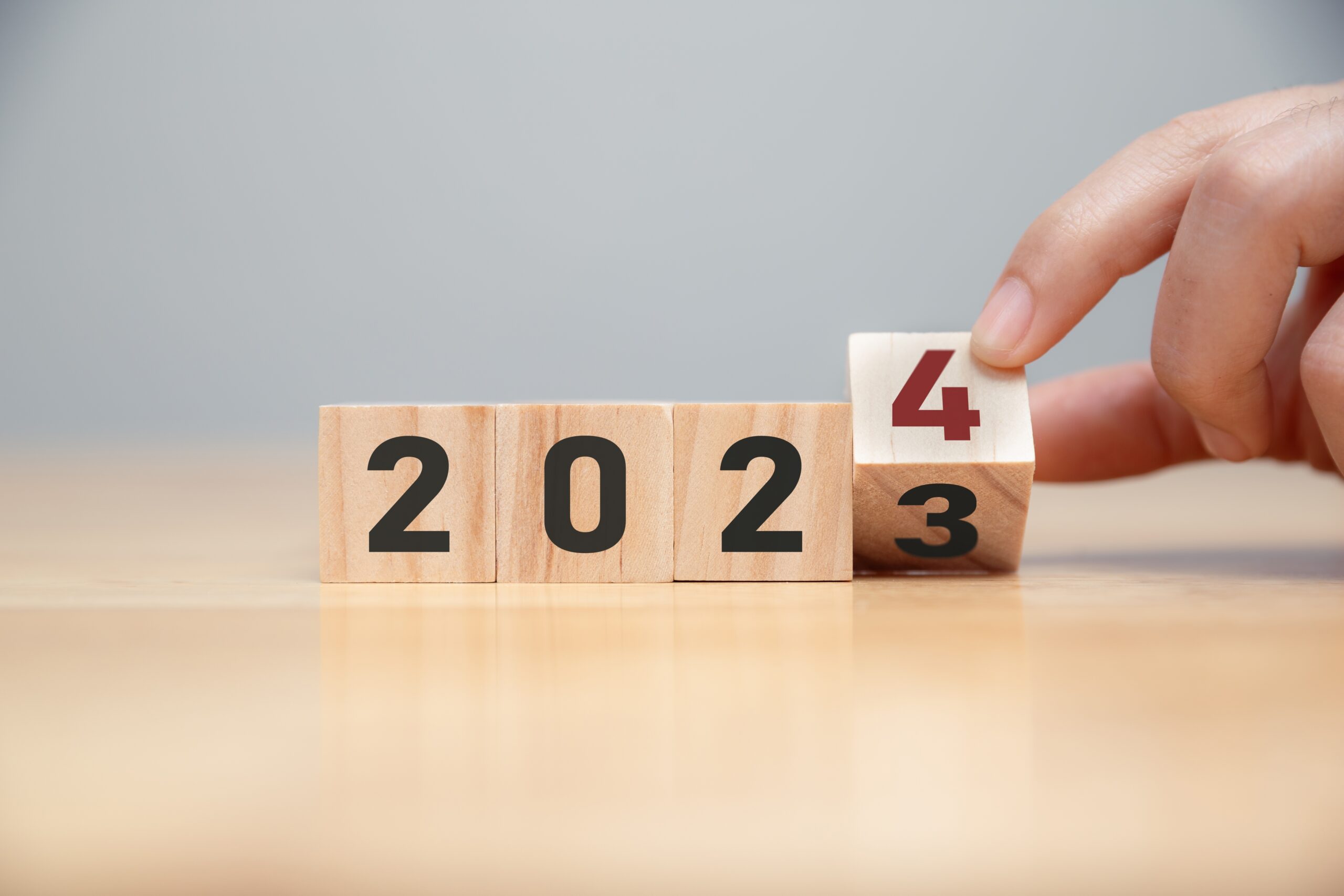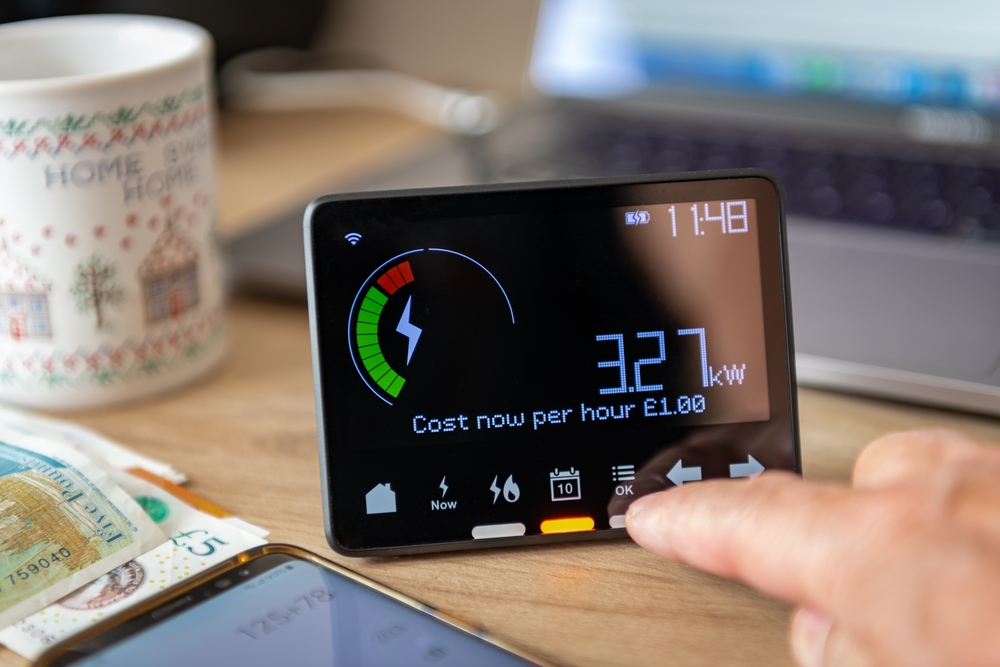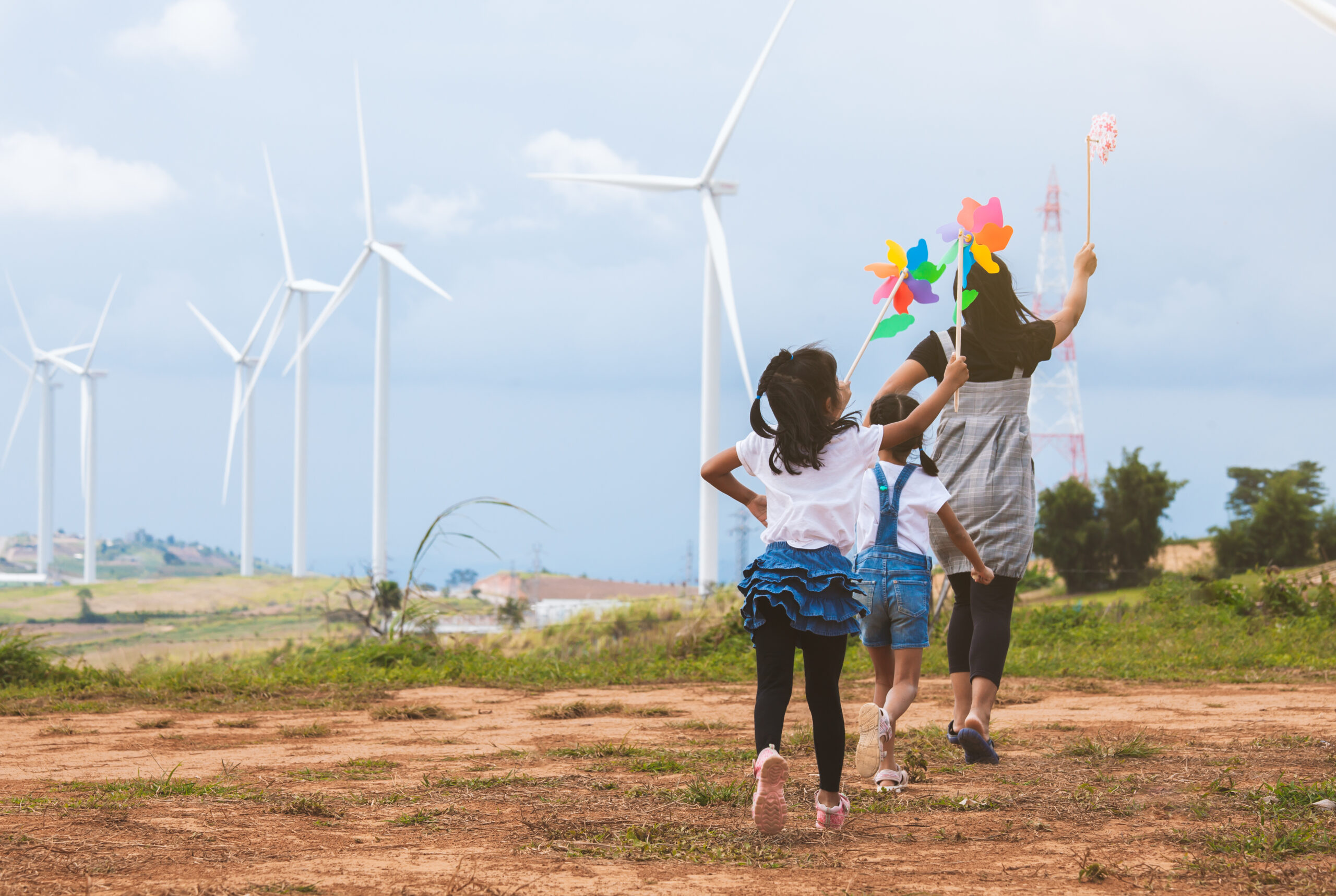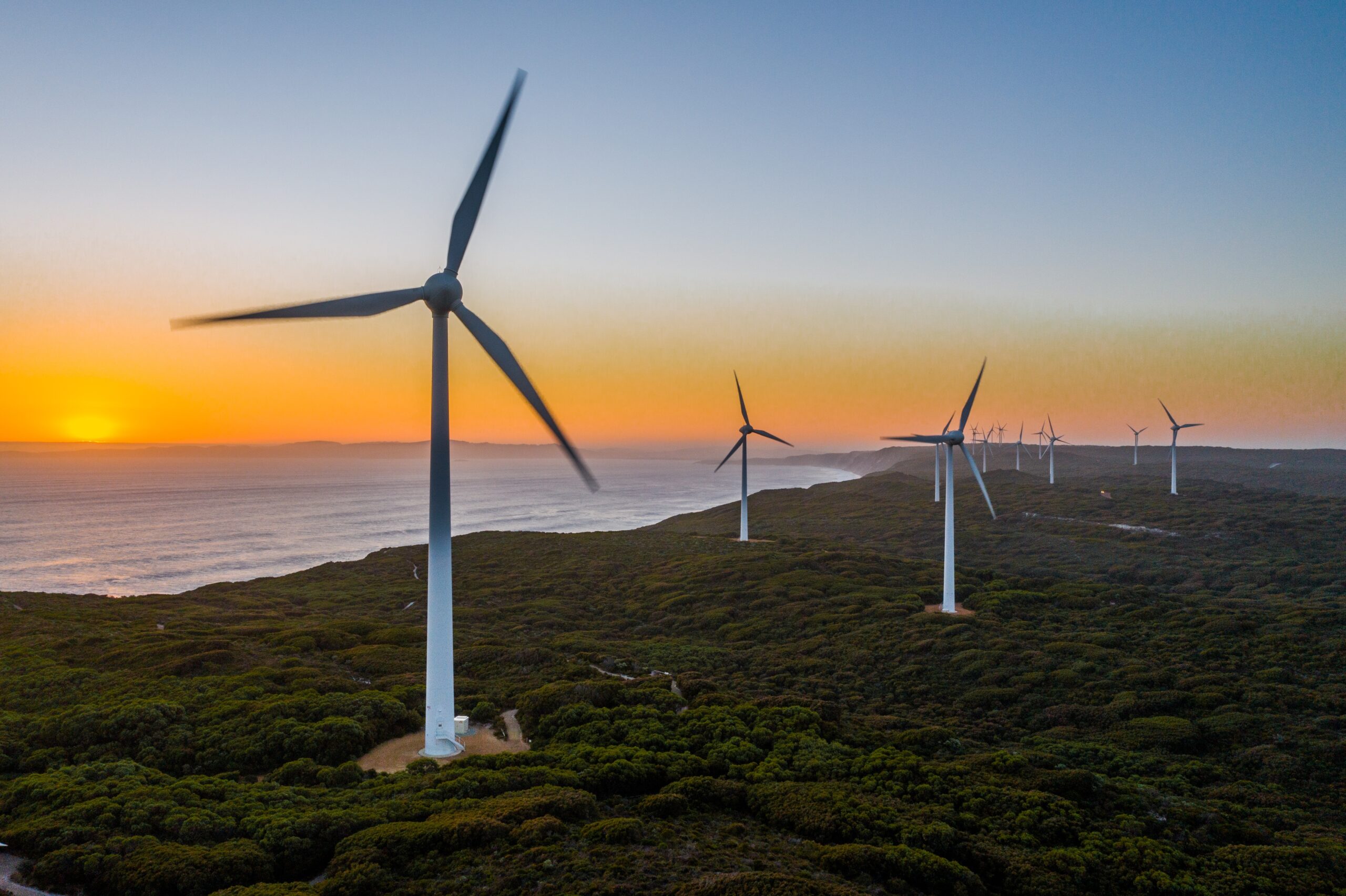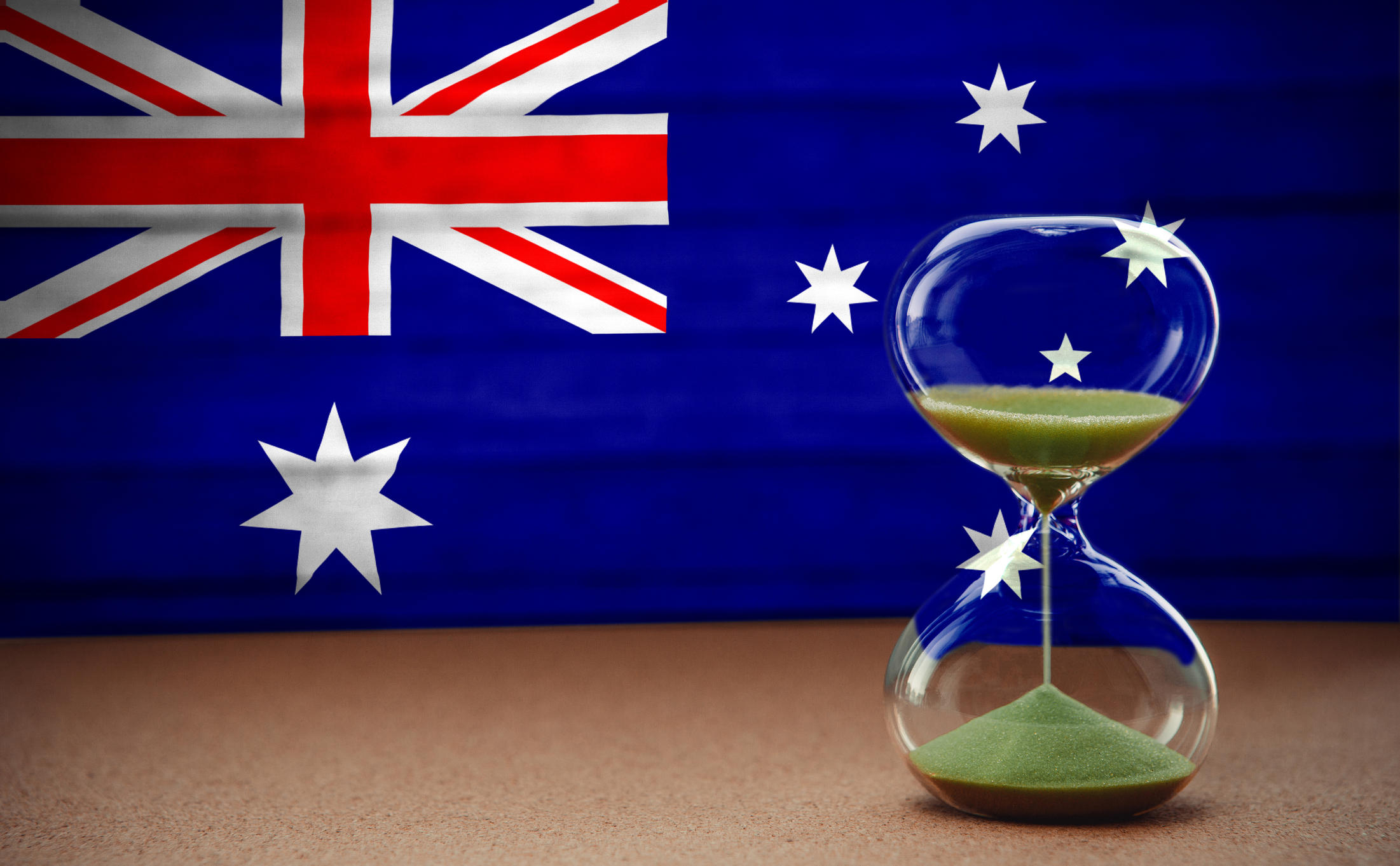Last month the Albanese government announced a sharp move from the long adopted, and World Trade Organisation stance, of free markets with little economic intervention, by announcing the Future Made Australia Act. It is going to make the government a “more strategic, more sophisticated and a more constructive contributor” to the economy. It will pull in existing initiatives including the Hydrogen HeadStart, Reconstruction fund and Solar SunShot programs as well as build out more investment within communities.
There is no doubt this is based on the US Inflation Reduction Act which became law in 2022. This left countries like Australia at a significant disadvantage to investment and we have lost out on major investment and economic green growth due to the international pressures, with an anticipated half a trillion dollars of investment flowing into the US following the Act. Noting of course their FED announcement last week showing it may not be working as well as anticipated for the economy as a whole.
However, the concern is twofold. Can our manufacturing gear up quickly enough while being cost effective to support this growth and will such an inward economic policy anger our trade partners. I am specifically thinking of China who relations are already strained and exports from Australia are already banned. With so much of the renewable economy, especially investments as well as solar panels, coming from Eastern Asia, do we risk stealing from Peter to pay Paul in one sector while hurting another?
Yet could it be a forward move from Australia? With the Carbon Boarder Adjustment Mechanism (CBAM) under review as of last September and the European Union implementation in place, could the increase in onshore manufacturing assist with those industries who are undercutting Australian entities, which must operate in a market which is subject to higher standards? With the Safeguard mechanism now in place and the increasing cost this will bring to those sectors affected, specifically mining, steel and cement, could a CBAM coupled with domestic supply help in the short term.
I am sure that this is the aim and ambition if you ask those in Canberra, however significant opposition has been raised across the board regarding the cost of subsidising such a move. Yet if we look to the US and Europe their grids have been underpinned by similar investments and capacity payments, is this more the only way to bring industry along, rather than expect the market to do it for us? With targets far exceeding the likely climate outcomes within Australia and the sheer size of investment required to get anywhere close to targets, is this the last roll of the dice for the Labor government to meet these targets which they have pledged to achieve.

